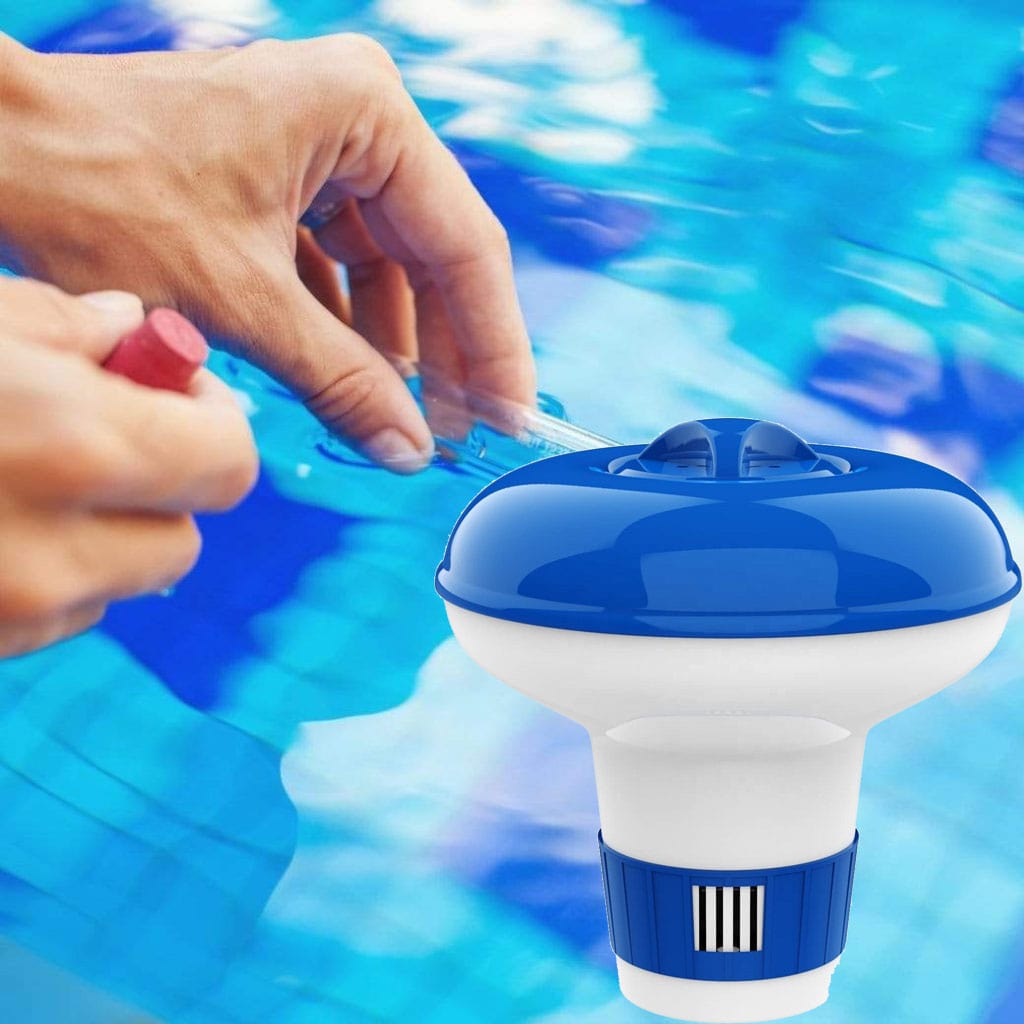The development of pool chlorine floaters has been a transformative journey in the realm of pool maintenance. These innovative devices have revolutionized the way pool owners manage water quality. This article provides a comprehensive overview of the evolution and advancements in the field of pool chlorine floaters, highlighting key developments and their impact on modern pool maintenance practices.

Early Floaters and Basic Functionality
The earliest pool chlorine floaters were simple devices designed to hold chlorine tablets and release them gradually into the pool water. The basic functionality aimed to provide a continuous and controlled release of chlorine, ensuring consistent water sanitation. These floaters were manually operated and lacked the sophisticated features seen in contemporary designs.
Integration of Multiple Chemicals
As the demand for more comprehensive pool care solutions grew, floaters evolved to accommodate a variety of pool chemicals beyond chlorine tablets. Some modern floaters are designed to hold additional sanitizers, algaecides, or water clarifiers. This integration allows pool owners to address multiple water treatment needs simultaneously, streamlining pool maintenance.
Adjustable Settings for Customization
Recent advancements in floater design include adjustable settings for customization. Pool owners can now regulate the release rate of chemicals based on factors such as pool size, bather load, and weather conditions. This level of customization enhances the efficiency and precision of water treatment, adapting to the specific requirements of each pool.
Smart Floaters with Connectivity
The integration of smart technology into pool chlorine floaters represents a significant leap forward. Smart floaters are equipped with sensors and connectivity features, allowing pool owners to monitor water quality remotely. These devices can communicate with mobile apps, providing real-time data on chlorine levels, water temperature, and the status of the floater. This connectivity enhances convenience and control in pool maintenance.
Energy-Efficient and Eco-Friendly Designs
In response to growing environmental concerns, manufacturers have developed energy-efficient and eco-friendly floater designs. Some floaters are powered by solar panels, harnessing renewable energy to operate. Additionally, eco-friendly materials are being used in floater construction to minimize the environmental impact. These advancements reflect a commitment to sustainability in the pool care industry.
Long-lasting and Durable Materials
Modern pool chlorine floaters are crafted from durable materials that withstand the rigors of pool water and varying weather conditions. UV-resistant plastics and corrosion-resistant components contribute to the longevity of floaters, reducing the need for frequent replacements. This durability enhances the cost-effectiveness of using floaters for long-term pool maintenance.
Enhanced Safety Features
Safety considerations have become a priority in floater design. Child-resistant locks and secure closures prevent accidental access to chemicals, minimizing the risk of exposure. These enhanced safety features ensure that pool owners can confidently use floaters without compromising the well-being of their families.
Water Circulation Enhancements
To optimize chemical distribution, some floaters now incorporate water circulation enhancements. Propellers or fins are integrated into the design to promote movement and dispersion of chemicals across the pool. This feature ensures uniform treatment, preventing localized concentration and improving overall water quality.
User-Friendly Maintenance and Refilling
Manufacturers have focused on simplifying maintenance tasks associated with pool chlorine floaters. Easy-access compartments and user-friendly mechanisms make refilling and cleaning a straightforward process. These design improvements encourage regular maintenance, contributing to the effectiveness of pool water treatment.
Integration with Pool Automation Systems
For homeowners embracing pool automation, some floaters can now integrate seamlessly with pool automation systems. This connectivity enables synchronized operation, allowing floaters to work in tandem with other automated pool equipment. The synergy of automation enhances the overall efficiency of water treatment.
Conclusion
The evolution of pool chlorine floaters showcases a remarkable progression from basic functionality to sophisticated, technology-driven solutions. From early floaters with manual operation to smart, connected devices, each stage of development has brought increased efficiency, convenience, and sustainability to pool maintenance. The continuous innovation in the field of pool chlorine floaters underscores a commitment to providing pool owners with advanced tools for achieving and maintaining optimal water quality. As the industry continues to evolve, it is anticipated that future floaters will bring even more cutting-edge features, further enhancing the landscape of pool care.